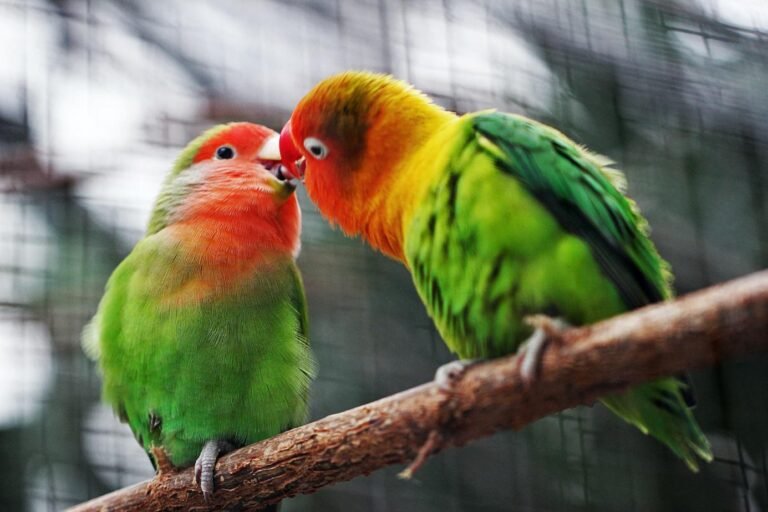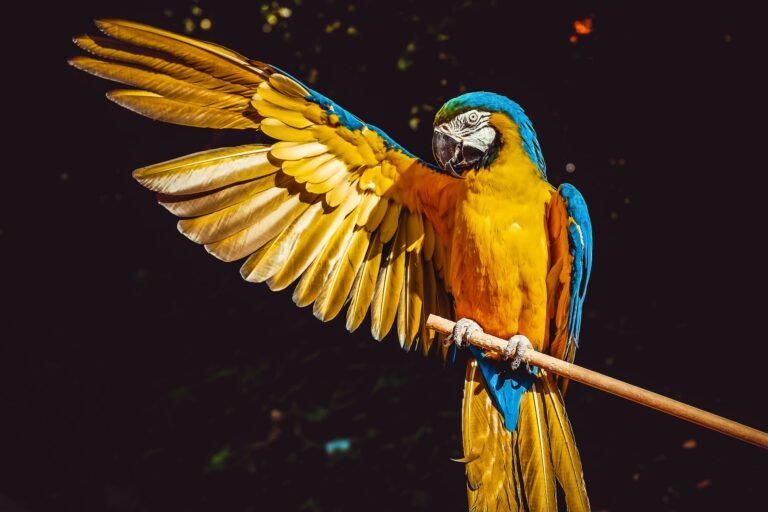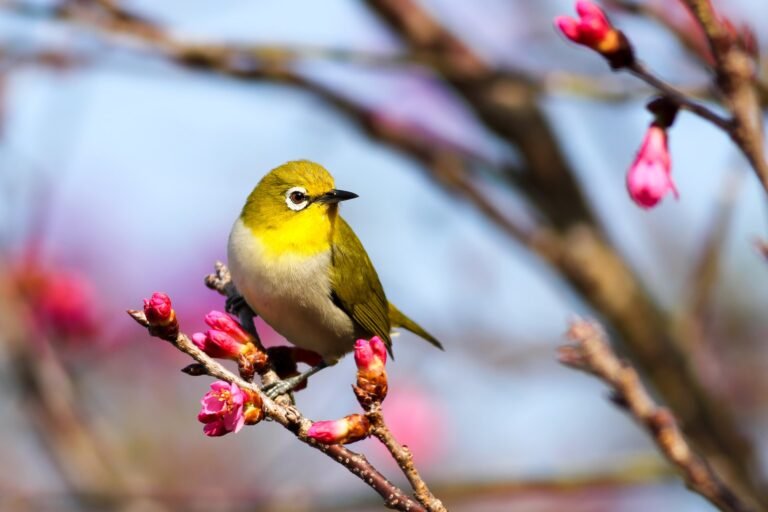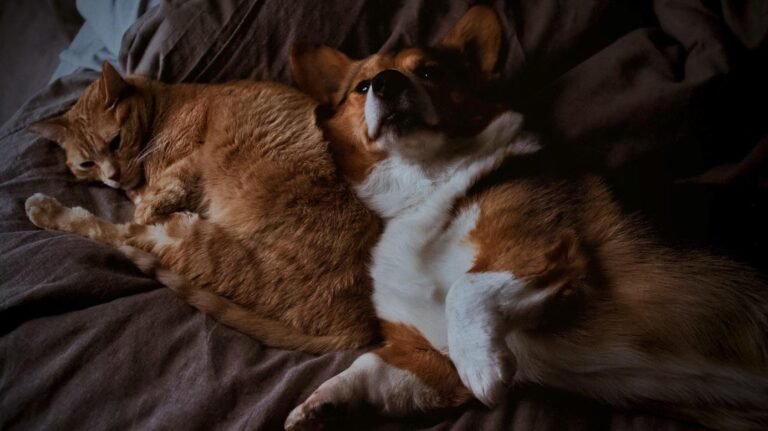Atlantic sea bird (Puffin)

bird Puffin( Fratercula arctica)
one of four types of puffin, is a remarkable pelagic seabird. It can be honored by its brightly colored rounded beak and its appearance analogous to that of a penguin. Also known as the Atlantic Puffin, it’s the only species of puffin set up in the Atlantic Ocean.
Very few people have seen them in the wild. This lack of visibility is explained by the fact that there are very few places where you can see puffins from the mainland, due to their vulnerability to terrestrial mammals, especially rats.
Puffins are not endangered and if you can get on a boat to the islands where they reside you will be able to see them in their thousands. The world population of puffins is estimated at around 12 million individuals and Great Britain holds a good part of them all around its coasts.
Easy access points include Skomer Island( occasionally spelled Skoma) off the Pembrokeshire seacoast, Puffin Island( Ynys Seiriol) off Anglesey in North Wales, and the Isle of Staffa, which can be penetrated from the seacoast of Mull or Iona in the Western Islands of Scotland. The raspberry‘s curious appearance, with its huge, various beak and striking conversationalist plumage, has given rise to aliases similar to” ocean zany” and” ocean pantomimist“.
PUFFiN CHARACTERISTICS
The Atlantic puffin is 28 to 34 centimeters long, with a wingspan of 50 to 60 centimeters. The male puffin is slightly larger than the female, but they are the same color. The Atlantic puffin is mostly black above and white below, with gray to white cheeks and reddish-orange legs.
The puffin’s beak is large and triangular, and during the breeding season, it is bright orange with a yellow-edged blue patch on the back. The characteristic bright orange bill patches grow before the breeding season and are lost after breeding. When puffins are in flight, they appear to have gray, round underwings and a white body. Outside the breeding season, the face becomes darker gray and the beak loses its yellow sheen and narrows slightly. Juveniles have an entirely black beaks.
Puffins have a direct, low-level flight over water. The related Atlantic Puffin (Fratercula corniculata) of the North Pacific has a very similar appearance, but its head features are slightly different.

BEHAVIOUR
Atlantic puffins are colonial nesters that use burrows on grassy cliffs. Puffins also nest among boulders and scree (a term for broken rocks that appear at the base of boulders, mountain cliffs, or valley shoulders, forming a screen). The male puffin does most of the work of clearing the nesting area, which is sometimes lined with grass, feathers, or seaweed. The only time spent on land is for nesting and mates are found before arriving at colonies.
The Atlantic puffin is generally silent in the ocean, except for the soft purrs it occasionally emits in flight. In breeding colonies, catcalls emit a deep grunt. Atlantic puffins use their beaks for courting rituals, with the manly and womanish tapping their beaks together. A group of puffins is called a gathering.
PUFFIN DIET
Fish, shellfish. The food brought to the young in the nest is mainly small fish, including sand lance, herring, capelin, cod, and many others. The diet of adults (especially in winter) is poorly known; in addition to fish, it can include many crustaceans (such as euphausiid shrimp, mysids, and copepods) as well as mollusks and marine worms. Thanks to their specially adapted beak, puffins are able to undertake long fishing trips, storing their previous catches in a neat row in their beaks.
Atlantic puffins use their tongue to hold fish against the spines on their palate, leaving their beaks free to open and catch other fish. This makes each trip much more productive than if they had to bring the fish back to the nest each time. Crustaceans and mollusks are other elements of their diet. A puffin can sometimes have a dozen or more fish in its beak at the same time. Atlantic puffins catch their prey while flying underwater, diving for about 20 to 40 seconds at a time, using their wings to descend powerfully and their webbed feet to steer in the right direction.
PUFFIN REPRODUCTION
Usually breeds for the first time around the age of 5 years. Breeds in colonies. Atlantic puffins are monogamous (they have only one mate) and have dual parental care. Only one clutch is produced each year and incubation responsibilities are shared between both parents.
During the courtship display, the male gives several head-butts upwards and backward so that the beak points upwards; this may take several minutes. Pair members swing their beaks sideways, striking them repeatedly. The nest is located in a burrow, in a natural crevice, or under rocks.
Sometimes a single entrance leads to side branches and multiple nests. Both sexes participate in the excavation. The nest, located in the burrow chamber, is usually lined with grass and scattered feathers. The Atlantic Puffin is sexually mature at the age of 4 or 5 years.
One (rarely 2, probably laid by 2 females). White, sometimes faintly marked with brown, purple. Incubation is by both sexes (the female can do more), 36-45 days, usually 39-42. Young: Both parents feed the chicks, carrying fish in their beaks; they may feed fish directly to the young at first, then drop them on the nest floor. The young usually leave the nest 38-44 days after hatching; they usually depart at night, flying straight out to sea.
PUFFIN PREDATORS
Atlantic puffin predators include great black-backed gulls (Larus marinus) and other species of similar size, which can catch a puffin in flight or detach one from the colony. Smaller gull species, such as the herring gull (Larus argentatus), cannot take down a healthy adult puffin but will snatch eggs or newly hatched chicks and also steal fish.

CONSERVATION STATE
Major declines during the 19th century were due to the overexploitation of eggs and adults. During the 20th century, the decline continued at the southern end of the breeding range, both in North America and Europe.
Vulnerable to introduced predators
(such as rats) on nesting islands. An ambitious project by Audubon to reintroduce puffins to former nesting islands off Maine started in the 1970s, has been a great success. However, in the southernmost colonies, puffins have poor reproductive success in warm water years, which become more frequent as the climate warms.
More recent Atlantic puffin population declines may be due to increased predation by gulls and skuas, the introduction of rats, cats, dogs, and foxes to some islands used for nesting, contamination by toxic residues, drowning in fishing nets, dwindling food resources and climate change.
The number of Atlantic puffins increased considerably at the end of the 20th century in the North Sea, in particular on the Isle of May and the Farne Islands. In recent years, the workforce has increased by about 10% per year.




